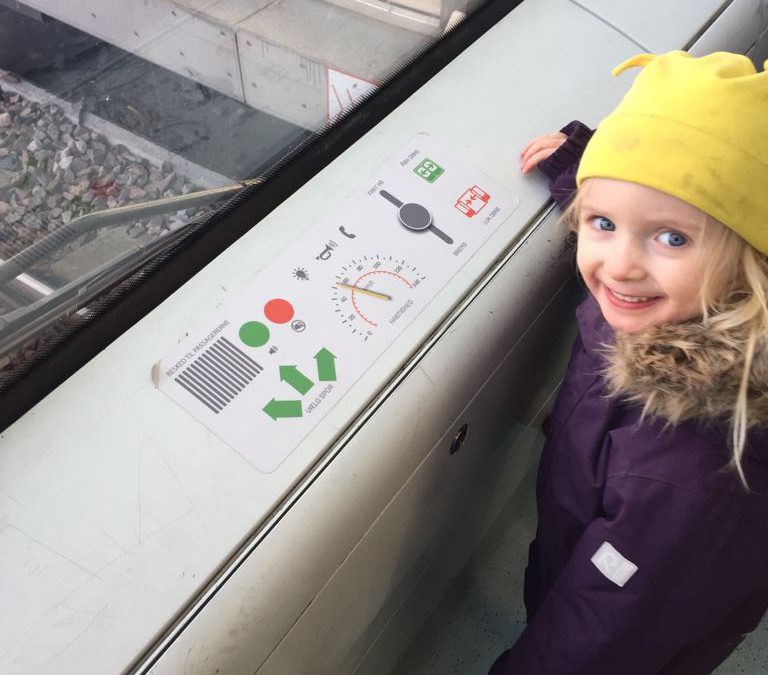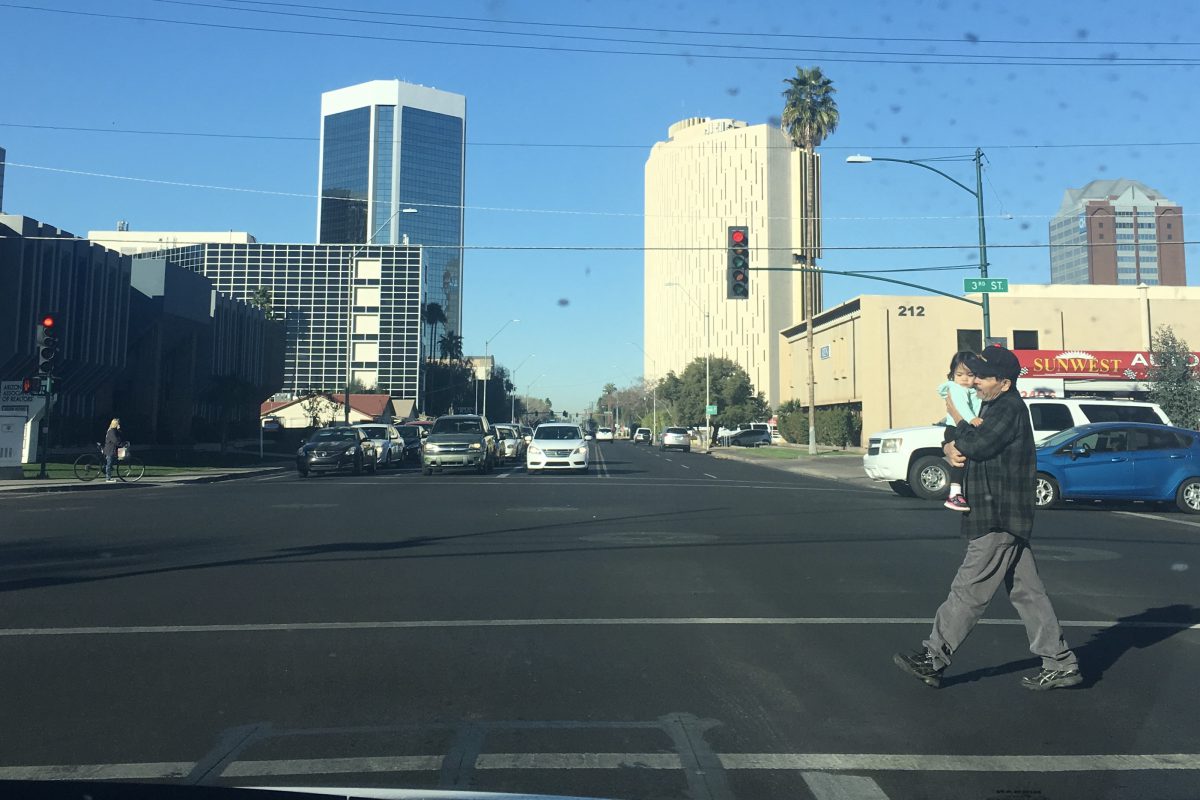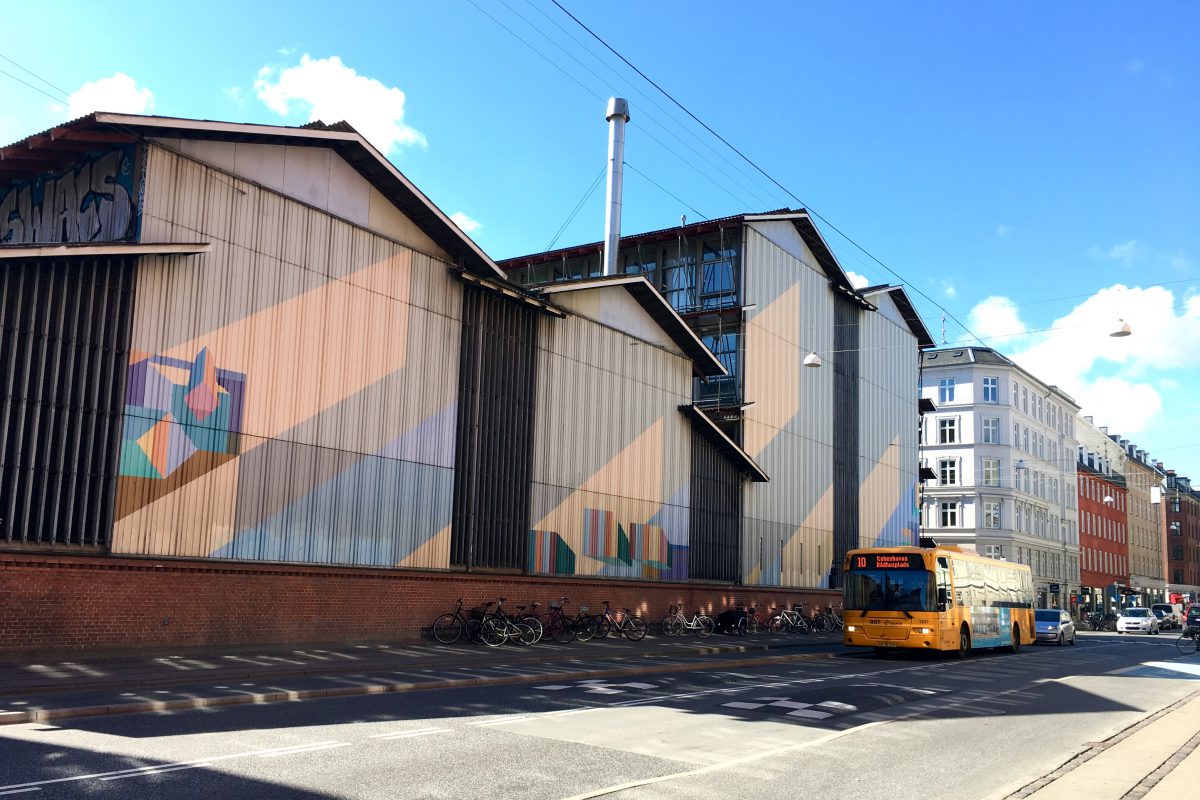
Keep up with our latest news and projects!

Cities throughout the world differ vastly in scale, density, and climate, yet the interests and needs of inhabitants, specifically safety surrounding children, are parallel. Keeping those most vulnerable in mind, how can we create safer environments globally regardless of existing infrastructure, scale, and characteristics?
Intersperse small-scale transit mediations paired with educational and playful material at frequently traversed points within downtown transit networks to improve utilization and safety for children.
These mediations include murals, posters and signs mounted at approximately 95 cm height, as well as child-scale seating and colourful paint to symbolize waiting areas throughout transit hot spots. Notably, this project can be taken on at varying budget levels. Higher budgets could include technology touch screens with engaging steps and light displays while more temporary or tight budgets use cheaper more durable materials. These changes will ease caretaking, engage children with their environment, help keep children safely away from moving traffic, and ultimately fortify community wellbeing.
 Man and baby cross the walkway in downtown Phoenix
Man and baby cross the walkway in downtown Phoenix
Signs, posters and murals placed at inherently effective positions for children with bright and elementary suitable designs, even including dexterous play built into the sign or bench hardware. (For more details, please download the full version of the article.)
The content should be relevant to children’s cognition and motor skills. According to Piaget, children age 0-2 are within Sensorimotor Stage1. This contains coordination, language for commands, and the beginning of object permanence. Potential sign content could include a “mirror” using break-resistant material in unison with basic actions written for caretakers to read out loud to the children; (“wave hello”, “where’s your nose?”, etc.) Within this same model, children age 2-7 are generally within the Preoperational Stage. This stage includes acquiring conservation and symbolic thinking. Content that would be relevant for children in this range is a simple diagram explaining physical matter or diagrams with labels for how systems in the human bodywork.
Playing “Eye Spy” with children can be a fun and easy way to keep them occupied during pauses while also guiding them to take notice of specific sensory information in the surrounding area. To apply this game to this proposal, the signs throughout the city can highlight particular historical landmarks or existing transit details for children to look out for. Adding this game to the project can expand youth’s symbolic representation from the Preoperational Stage forward and is on par with the proposal’s ideology to coalesce education with environmental and transit system engagement while prioritising safety.
With any sign addition, it is advantageous that the content includes relevant knowledge for children’s cognitive levels, is beneficial to residents’ daily experiences, and also aids caretakers in how to further access that type of learning. For example, understanding
the importance and effects of green characteristics in urban environments, the content with this program could include plant information and more specifically, reference foliage from the region while outlining park locations throughout the city2. This allows children the opportunity to learn about green systems and gives more information for how to access the content, while also inserting a small therapeutic green moment in residents’ daily routines. Studies show that even viewing artwork depicting nature acts therapeutically to return to baseline and elicits positive and calm emotions3.
This equation to combine youth-oriented education with city-specific access information and therapeutic features has infinite possibilities.
Clearly, intuitive design can pull pedestrians in a given direction and will alter safety, hopefully for the better if designed smartly. Based on human’s horizontally oriented sight, cities with skyscrapers can be uncomfortable and anxiety-inducing to adults and certainly more so to smaller individuals, particularly children4. This overwhelming sensory experience for youth, and especially for those without full awareness for what is going on around them, can be remedied with designs that induce feelings of belonging, safety, and playfulness.
Mobility networks possessing safe places, mentally and physically, for young children to occupy will allow kids the ability to understand the transit system better and thus bolster an individual sense of competence. Fredrickson’s Broaden and Build Theory states that competence is an essential attribute to attain positive emotions5. Children’s comprehension of transit networks’ software and relative spatial location could help them identify personal belonging within their neighbourhood and ultimately boost more respect for the home around them. Also, as children grow older, this intentional early transit exposure will aid them in the future when travelling independently.
Furthermore, creating a more streamlined daily routine can facilitate constructive interactions between children and caregivers. Not only would families and children be positively impacted, many vulnerable residents, such as seniors or those with special needs, will reap the benefits too. This robust accessibility creates a city for all.
 Istegade contains many child-friendly mobility aspects: bright public transport vehicles, wide sidewalks relative to the street, and colourful murals.
Istegade contains many child-friendly mobility aspects: bright public transport vehicles, wide sidewalks relative to the street, and colourful murals.
Creating a comprehensive stakeholder list is vital to increase the longevity and benefits behind any project. Allowing residents a space to voice opinions and discuss new content not only encourages a rich collection of ideas but also offers the community agency towards change in their environment and the ability for representation.
“Merging mobility with safety (and education!)” could partner with local schools to submit children’s artwork or content ideas. Schools announcing open submission for the metro content can use this as a platform to teach public transit behavioural dos and don’ts for students.
1. It is important to ensure stop announcements are loud, clear, and visible.
2. Create a backup plan! Appropriately aged children should know where to go and who (what uniform to look for) to speak to in the off-chance of separation.
3. Use each neighbourhood’s unique landmarks and quirks to create common sense wayfinding6 embedded within proposal integrations throughout the city.
Although cities worldwide do not mimic Copenhagen’s exact favourable transit culture and conditions, we can certainly design modest changes to alleviate the challenges and encourage safety when commuting with children.
This article belongs to a series of stories about the city at eye level for kids! You can access the full book online in PDF or pre-order your hardcopy to be delivered to your home.
Get your book here1. Piaget, J. (1964) Part I: Cognitive development in children: Piaget development and learning. Journal of research in science teaching, 2(3), 176-186.
2. Faber Taylor A, Wiley A, Kuo FE, Sullivan WC. (1998) Growing up in the inner city: green spaces as places to grow. Environmental Biology, (30), 3–27.
3. Ulrich RS, Lunden O. Effects of exposure to nature and abstract pictures on patients recovery from heart surgery. Psychophysiology 1993: S1: 7
4. Gehl, J. (2010) Cities for people. Washington: Island Press.
5. Fredrickson, B.L. (2001). The role of positive emotions in positive psychology: The Broaden- and Build theory of positive emotions. American Psychologist, 56(3), 218-226
6. Tooren, W. & Meijer, C. (2013). Basic ingredients for successful wayfinding in our cities. The City at Eye Level, 60-63.